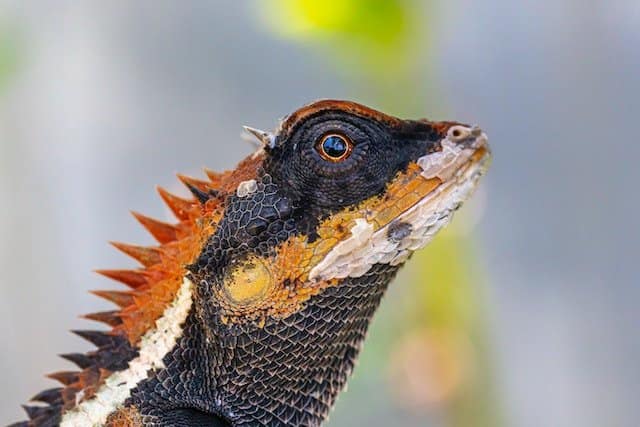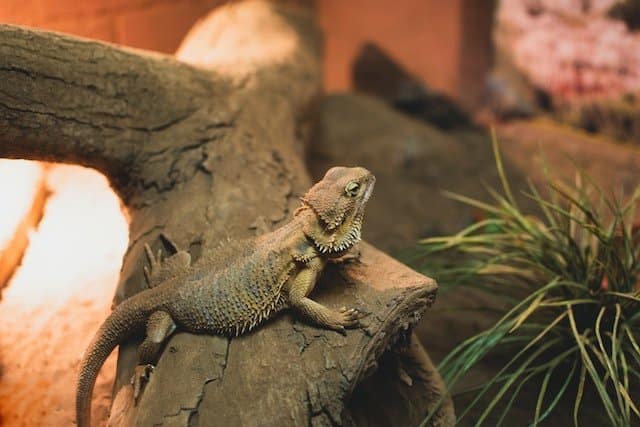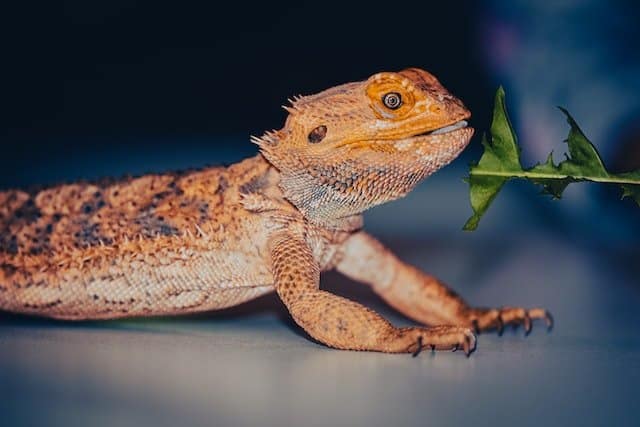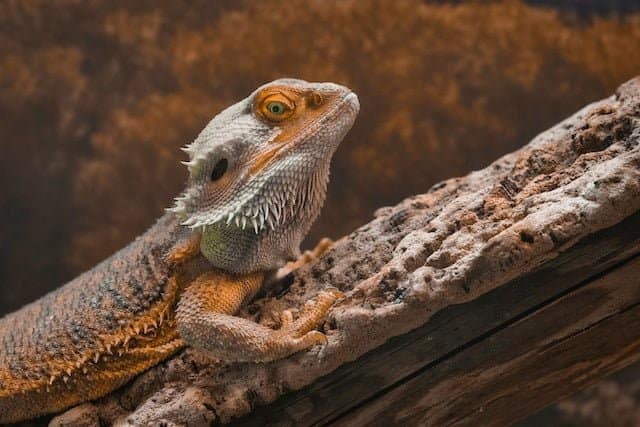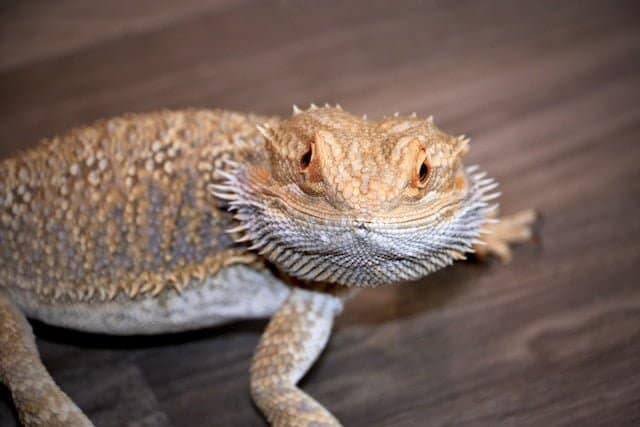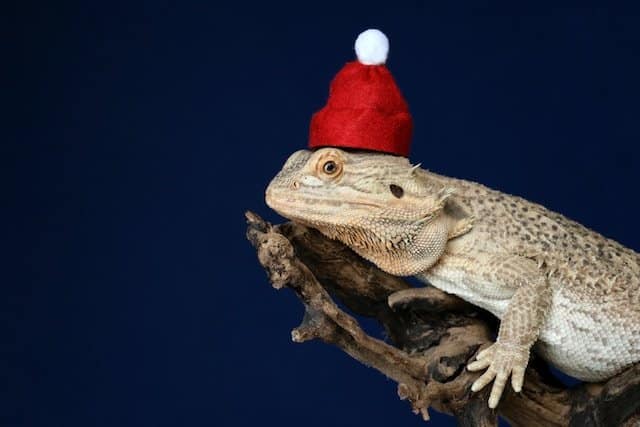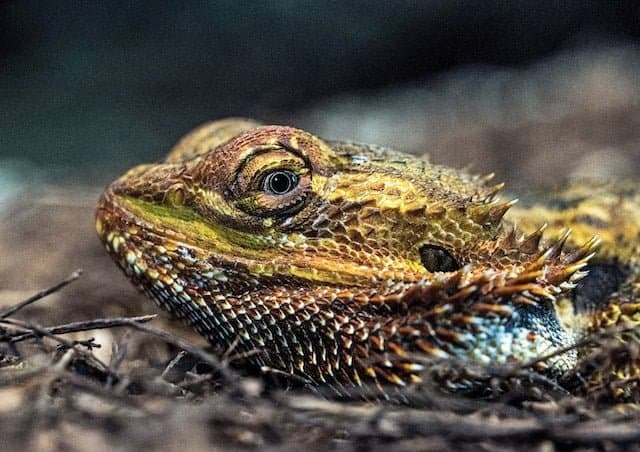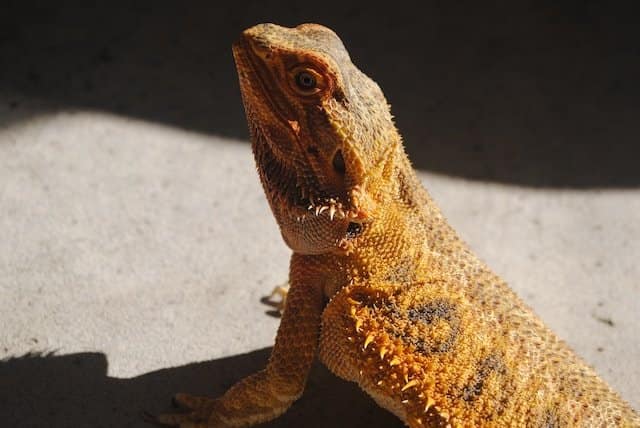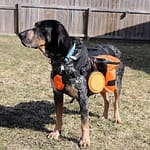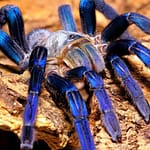The world of Bearded Dragon morphs is like a magical place full of different colors, patterns, and special traits. In this article, we’ll explore these amazing reptiles and learn about the different kinds of morphs they can have. There are morphs with classic looks, like the Normal morph, and others with bright and eye-catching colors, such as the Citrus and Rainbow/Sandfire morphs. Each morph has its own unique beauty. We’ll also talk about the special traits that make morphs like Hypo, Translucent, Leatherback, and Dunner so interesting. We’ll show you how they look and what makes them special.
Whether you already know a lot about Bearded Dragons or you’re just starting to learn, this article will take you on a journey to discover more about the different types of Bearded Dragon morphs. Get ready to be amazed by the incredible and one-of-a-kind appearances that these wonderful creatures can have.
Classic/Normal Morph
The classic or normal morph refers to the standard appearance of a Bearded Dragon without any specific genetic variations. They typically have a mix of colors, such as brown, tan, and grey, with patterns of scales running along their body. While they may not possess the flashy colors of some morphs, they still exhibit the charming and distinctive characteristics that make Bearded Dragons beloved pets.
Hypo/Hypomelanistic Morph
Hypo Bearded Dragons exhibit reduced melanin production, resulting in lighter and more vibrant colors. They display brighter shades of yellow, orange, or white and show less prominent dark pigmentation on their scales. Enthusiasts highly covet the hypo morph due to its striking appearance, and it appears in a variety of patterns and combinations.
Translucent Morph
Translucent Bearded Dragons possess a unique genetic trait that gives their scales a translucent or semi-transparent appearance. This morph allows light to pass through the scales, creating a captivating effect. Translucent dragons often have more vivid colors as the light reflects and refracts through their scales. Their eyes also appear brighter due to the reduced pigmentation around the eyes.
Leatherback Morph
The absence or reduction of the spikes and scales on the back of a Bearded Dragon characterizes the leatherback morph. Instead, they have smooth, soft, and flexible skin, resembling the leather texture. This morph gives the dragon a sleek and streamlined appearance, and they are often highly valued for their unique and sought-after trait.
Dunner Morph
Dunner Bearded Dragon morphs possess a distinctive genetic mutation that significantly impacts their scales and body structure. This unique genetic trait leads to a notable “pinched” or “doubled” appearance of the scales, ultimately lending the dragon a distinctively wrinkled or corrugated look. In addition to this remarkable scale characteristic, Dunners frequently exhibit one-of-a-kind patterns. Moreover, their scales might exhibit a subtle iridescent quality, which further enhances their overall visual appeal.
Witblits Morph
Witblits Bearded Dragon Morphs are characterized by their lack of dark pigmentation or melanin, resulting in a primarily white or cream-colored appearance. In addition, this morph typically exhibits reduced patterns and markings, focusing on lighter shades. Furthermore, Witblits dragons often have striking bright eyes that stand out against their pale scales, thereby captivating observers.
Citrus Morph
Citrus Bearded Dragons boast vibrant and intense yellow or orange coloration, drawing attention with a rich and saturated hue reminiscent of citrus fruits. This morph showcases a spectrum of intensities, spanning from soft pastel tones to bold, eye-catching shades. The sought-after feature of citrus dragons lies in their striking coloration, which adds a vibrant and captivating touch to any reptile collection.
Red/Orange Hypo Morph
Red or Orange Hypo Bearded Dragons combine the reduced melanin production of the hypo morph with a dominant red or orange coloration. This unique combination results in dragons that display a striking array of warm and fiery tones. Their hues range from deep reds to vibrant oranges, creating a captivating visual display. By merging the hypo and red/orange genes, breeders have crafted a morph that is highly desired among Bearded Dragon enthusiasts.
Silkback Morph
Silkback Bearded Dragons stand out for their distinctive trait of not having the customary rough and scaly skin found in other morphs. A genetic mutation leads to significant scale reduction, giving them a smooth and nearly velvety texture. This morph demands special attention, as the absence of scales renders silkbacks more vulnerable to injuries and skin-related problems. Despite their fragility, silkbacks possess an undeniable allure and hold a special place in the hearts of devoted reptile enthusiasts.
Zero Morph
Zero Bearded Dragons are characterized by their absence or reduction of dark pigmentation, resulting in a primarily white or pale appearance. Like the witblits morph, the zero morphs typically exhibit reduced patterns and markings, focusing on lighter shades. Zero dragons may also have brighter eyes due to the reduced pigmentation around the eyes, adding to their overall charm. They are often sought after for their striking and ethereal beauty.
Blue/Green Morph
Blue/Green Bearded Dragons exhibit an exceptional colour variation, with hues ranging from vibrant blues to rich greens. This morph results from specific genetic combinations that enhance and intensify the blue and green pigments in the dragon’s scales. The colors can vary in saturation and pattern, creating a captivating and eye-catching display. Blue/Green dragons are highly prized for their unique and mesmerizing appearance.
Blood Hypo Morph
The Blood Hypo Bearded Dragon morph showcases a distinct profile with its deep red or crimson coloration, harmoniously blended with the hypo gene. This fusion results in a dragon displaying diminished melanin and a lavish, intense red shade. These dragons frequently feature remarkably vibrant scales, spanning a spectrum from deep burgundy to vivid scarlet. The Blood Hypo morph commands significant interest due to its daring and enthralling presence.
Rainbow/Sandfire Morph
The Rainbow or Sandfire Bearded Dragon morph stands out with its captivating assortment of colors and patterns. These dragons present a captivating fusion of vibrant yellows, oranges, and reds, producing a rainbow-esque visual spectacle. Elaborate patterns and markings frequently grace their scales, contributing to the individuality of each dragon. The Rainbow/Sandfire morph holds substantial value for its vibrant and attention-grabbing presence, infusing a burst of color into any reptile collection.
Hypo Translucent Morph
The Hypo Translucent Bearded Dragon combines the traits of reduced melanin production (hypo) and translucent scales. This morph showcases both the hypo gene’s lighter and more vibrant colors and the semi-transparent scales that allow light to pass through. The result is a dragon with a beautiful blend of vivid colours and a mesmerizing, ethereal appearance.
Witblits Hypo Translucent Morph
The Witblits Hypo Translucent Bearded Dragon morph, in essence, brings together reduced melanin production (hypo), translucent scales, and the absence of dark pigmentation distinctive to the witblits morph. This particular morph presents a primarily white or cream-colored dragon with semi-transparent scales, enabling the passage of light. By combining these unique traits, the Witblits Hypo Translucent morph yields a dragon of stunning and otherworldly appearance.
Transitioning to the broader context, it’s important to acknowledge that the provided descriptions are generalizations. Individual dragons within each morph can showcase variations in color intensity, patterns, and other characteristics. The Bearded Dragon community remains engaged in discovering and breeding new morphs, resulting in an ever-expanding array of stunning and distinctive looks among these cherished reptiles.



